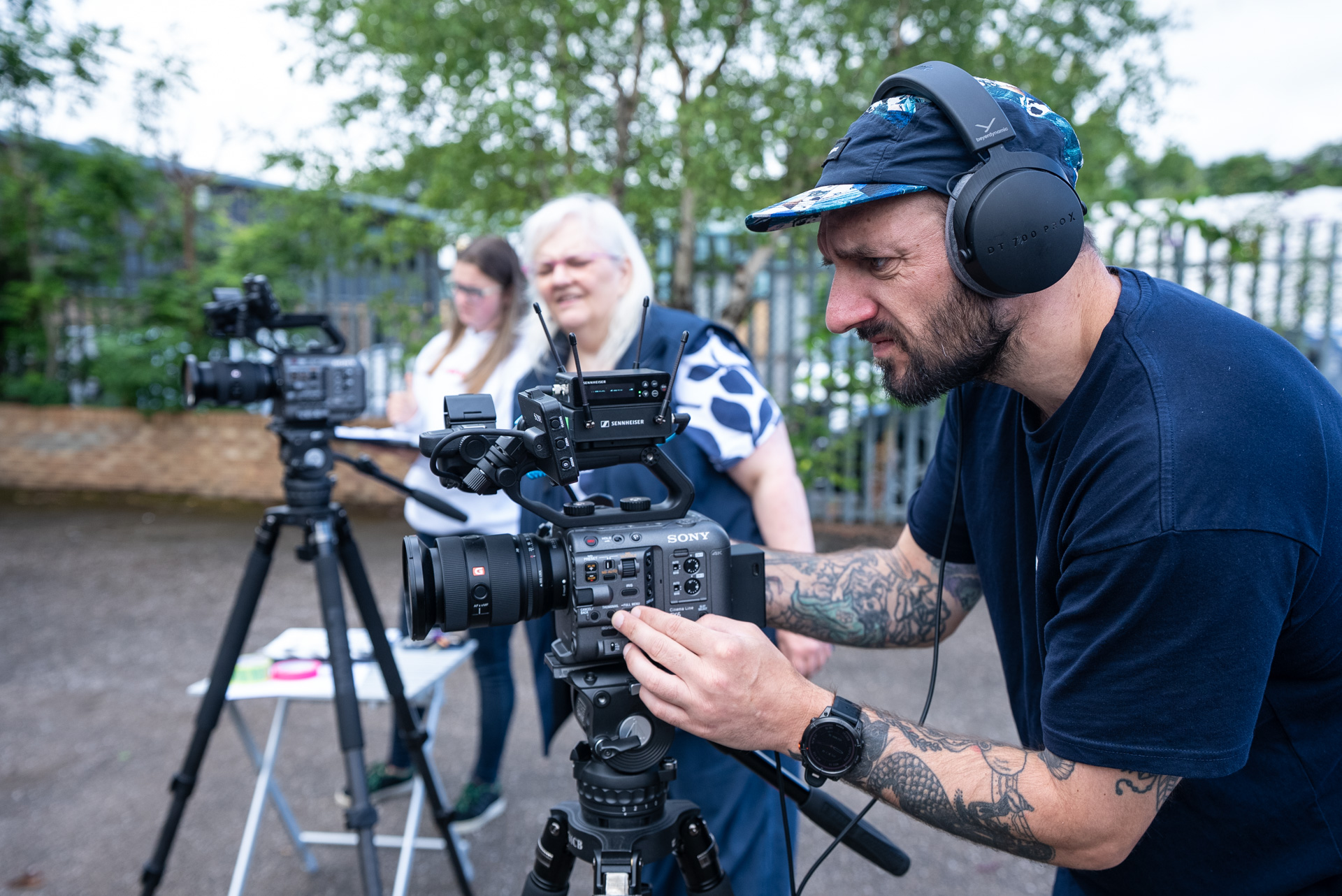Robin Waite a business coach, keynote speaker and author of bestselling books Online Business Startup and Take Your Shot. It was fantastic to interview Robin about his career journey — and how to use storytelling to improve the ways we teach.
Hello Robin! Can you tell us a bit about your journey and how storytelling became so integral to your work?
I’ll start off by going back to my University days. I spent four years as a systems analyst while at the same time as getting my degree. I set up my first proper business, a web design and branding agency called The Coconut Group, in 2004. It was through working in branding with our clients that I began to really understand how story impacts not only businesses but the wider world in general. As part of the discovery process, we’d get to know our clients’ core values, their vision, their mission — their past, present and future. Everything came down to their story.
In 2016 I sold the agency and set up my coaching practice, Fearless Business. I also wrote two books: Online Business Startup and Take Your Shot. During the transition between writing the first and second book I had an epiphany about what it really takes to create some kind of a meaningful transformation. I came to realise how integral storytelling is to that process.
I’d love to hear more about that epiphany. What did you learn?
The first book, Online Business Startup, fit within the context of the agency work I used to do. It’s a 45,000 word book about how to launch a business, get it online and market it. A lot of the feedback I used to get about that book was around how linear it was; how readers could only absorb a chapter at a time before trying to implement the learnings into their own business. The key milestones that I wrote about in the book — the ones that would make the biggest impact — were sprinkled about at various points and weren’t always hitting home for readers.
When I then set up the coaching practice I decided to try something different. I needed to come up with a concept for a book that was going to be engaging — that was emotive and something that people could connect with. I decided to do this through characters. There’s Russ, the central character of the book and David — a coach that he meets on his journey. I wanted people to feel like they could empathise with Russ and relate to his perspective .
I also wanted the learning to feel effortless. There’s five core coaching concepts in the book but they’re blended as part of the story — so that the educational elements could be absorbed without thinking too much about it.
And, we’re in 2022; we live in a fast-paced, frenetic world where we’re flooded with news and social media. I personally don’t have time to sit down and read a lengthy book that is going to take me days to get through — let alone remembering all of the key learning points from it. That’s why “Take Your Shot” is a short, pithy book that you can read in a couple of hours. It was important to me that when people picked up the book they could read from beginning through to the end of it, ideally in one sitting. And that they got the five key objectives of the book as well as enjoying the process of reading it.
How else can we encourage active and engaged learning?
If we give people the blueprint when it comes to their learning it inhibits creativity. Whether you’re teaching or coaching, it’s important to invite people to step out of their comfort zone. Missing pieces of the puzzle are an opportunity for us to come up with creative ways to solve problems — and that’s where meaningful growth and evolution can come into play.
Say I gave you a plant and detailed the pH levels the soil should be, how much water it requires (and how often) and what nutrients it should be fed. You could easily follow along with the instructions and still, the plant might not thrive. A checklist like that isn’t engaging, either.
What if, instead of the checklist, I gave you the simple goal of figuring out how to keep the plant alive? That’s much more of an interesting challenge. And it gives you the opportunity to come up with something different than my blueprint. Maybe the plant doesn’t just stay alive but it grows an extra 30% during the same time period — because you’ve come up with something innovative that’s led to better results?
If you leave people to their own devices — and trust them to produce those missing puzzle pieces — they will often come up with something a lot more creative than the ordinary blueprint you would have given them. It’s a chance to write some of the story themselves.

If you'd like to harness the power of storytelling for your organisation, have a look at our comprehensive workshops. Clik here to find out more.




